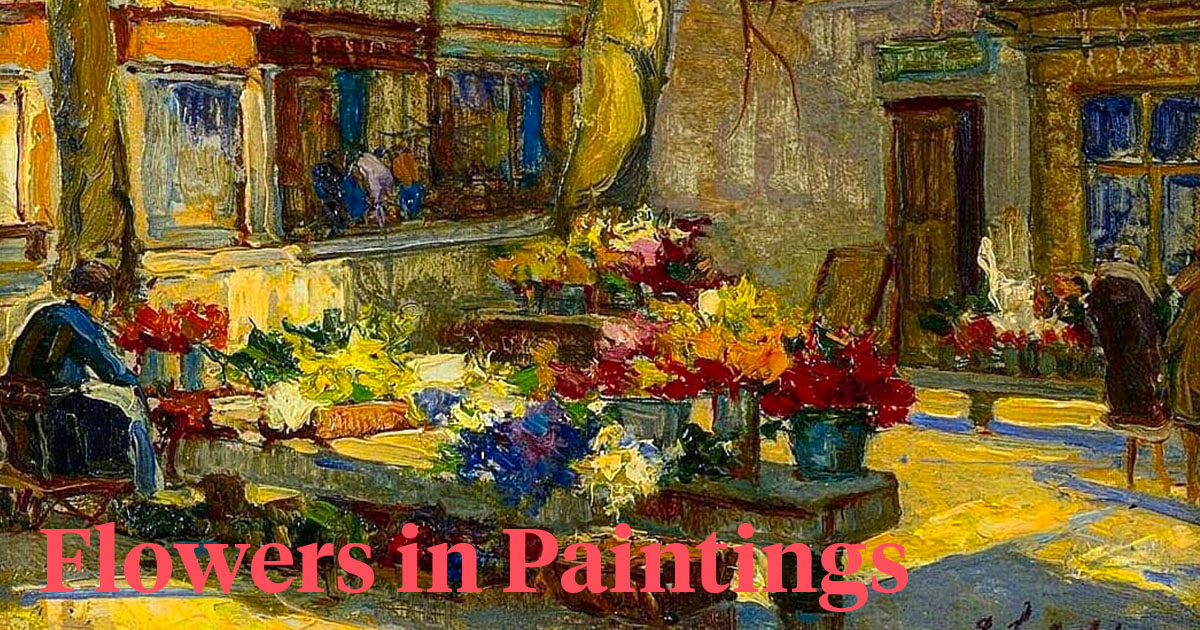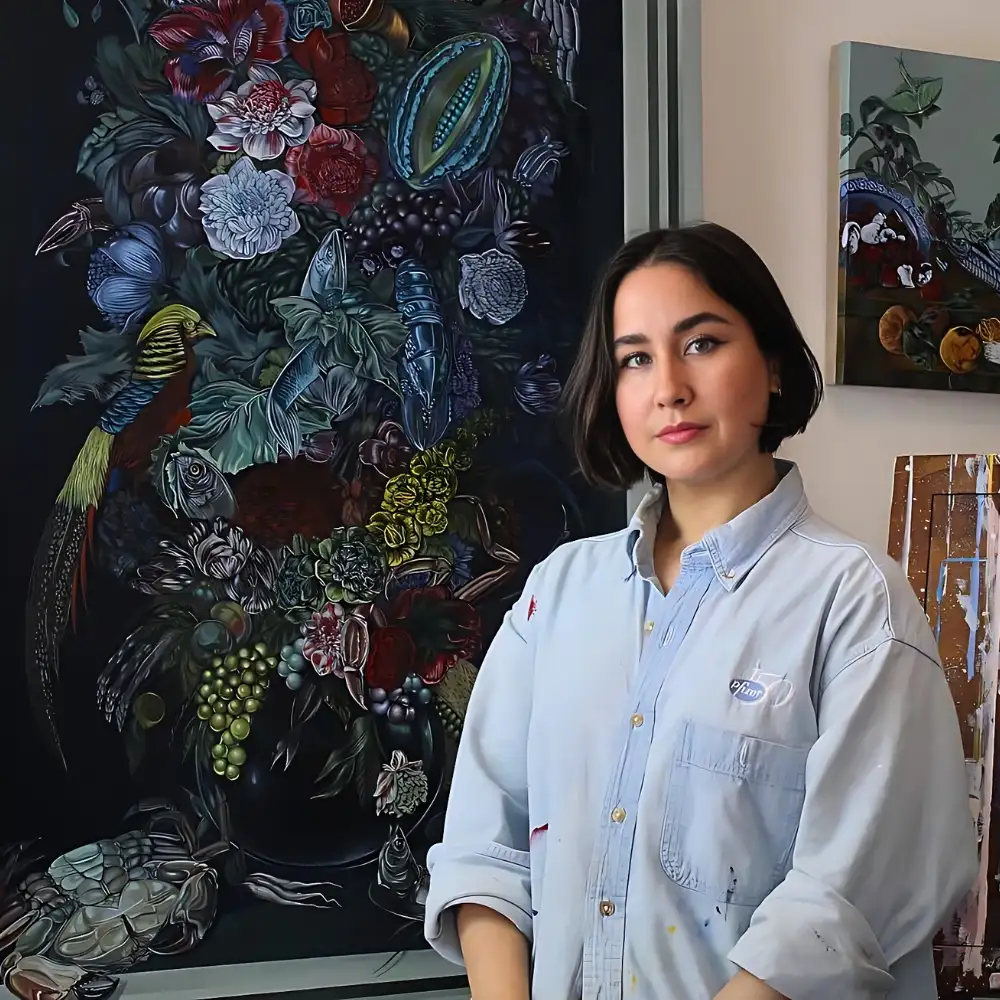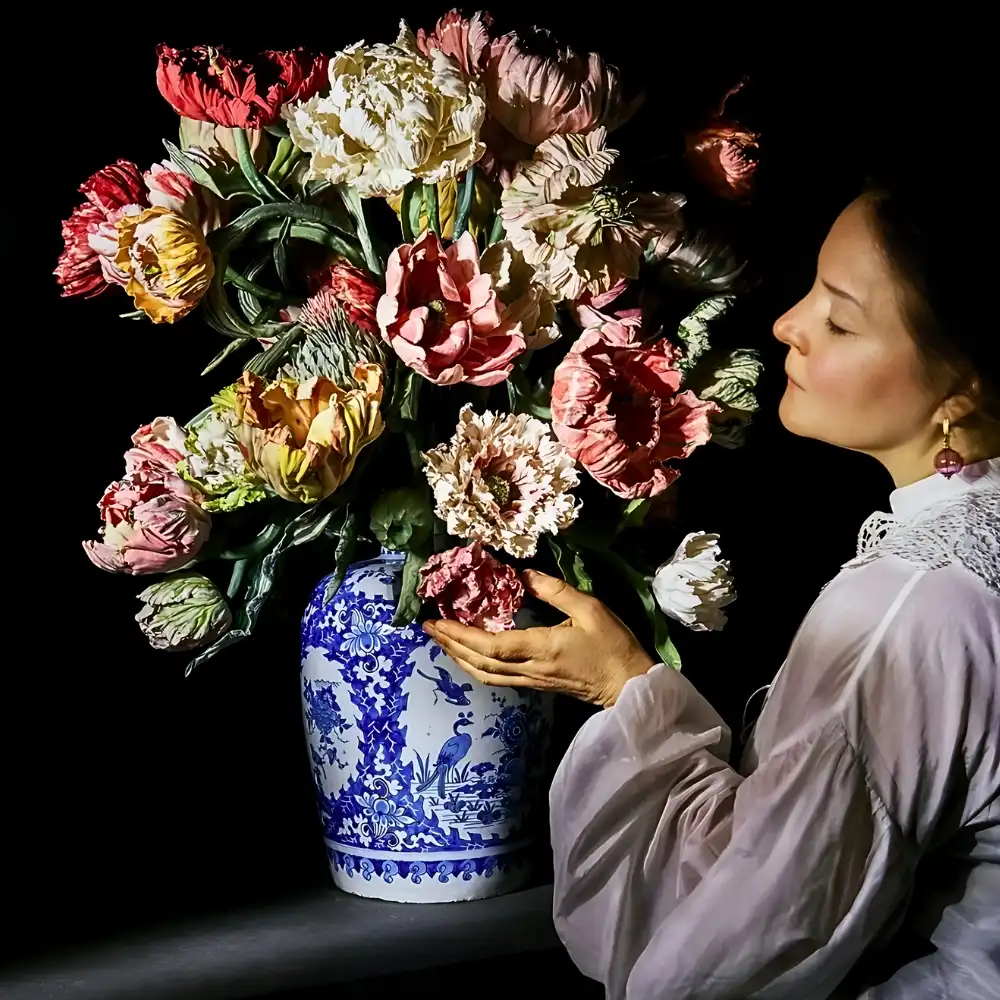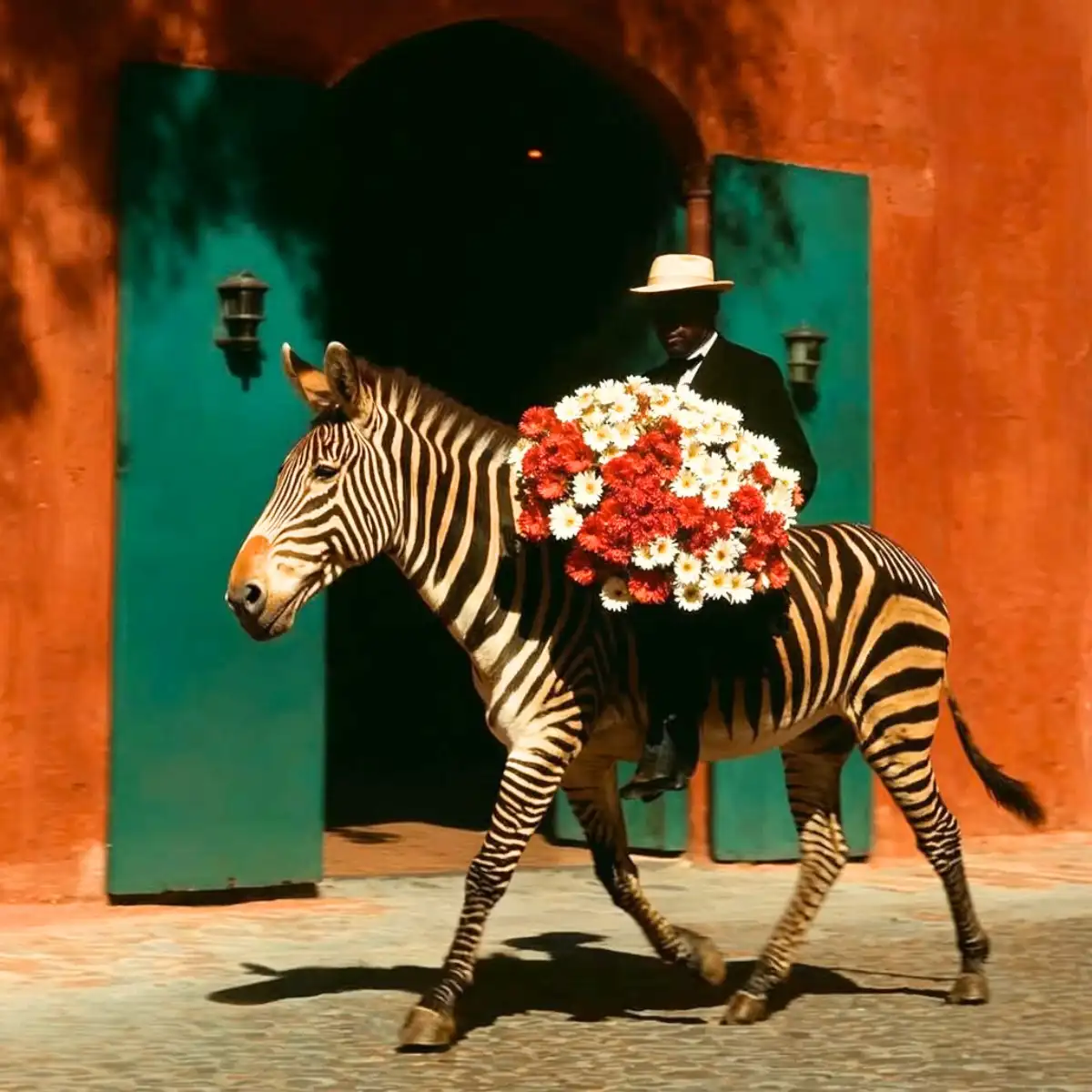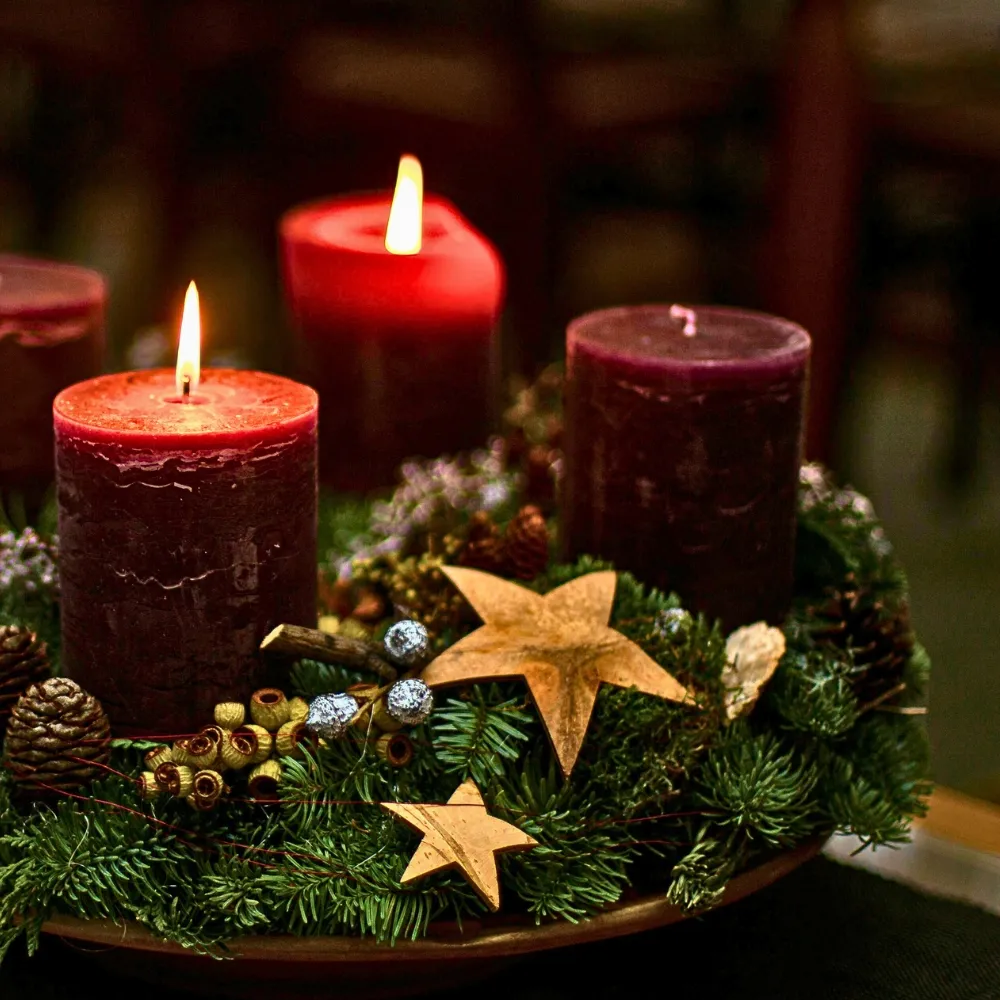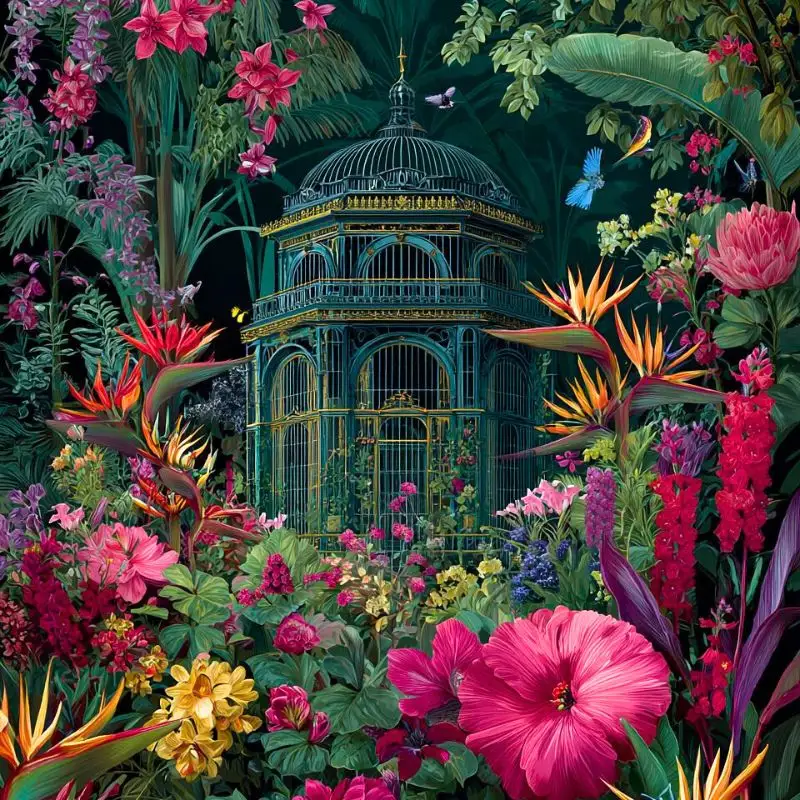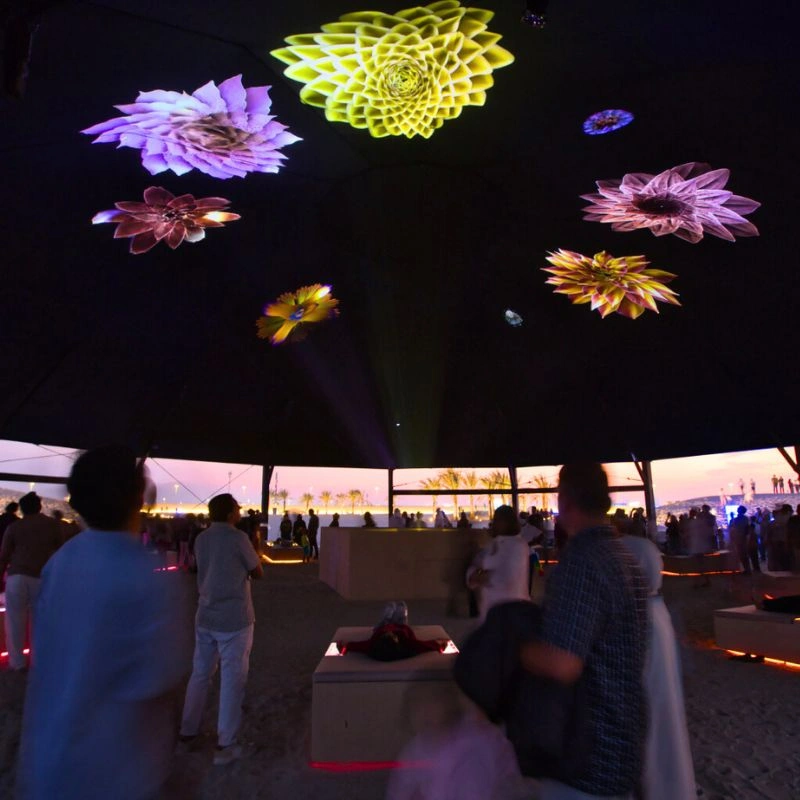Flowers, those enchanting colorful blossoms that have quite an innate grasp on emotions and physiology, have had quite a magnetic grip on humans since time immemorial. For ages, flowers have been celebrated the world over for their numerous benefits, symbolisms, and inherent messages that they communicate.
In the art scene creativity is considered a prerequisite, and colorful blooms have also claimed their space. They stimulate imaginations and fascinatingly spark strokes of innovativeness. Essentially, flowers have held a perpetually captivating role in different spheres of human living. Do you want to know how? Let's proceed.
The Interlink Between Flowers, Art, and Paintings
Flowers and art, particularly in the field of paintings, have had a deep and intricate interconnection that spans centuries and cultures. In essence, the interweaving of flowers and art in paintings is a multilayered connection that incorporates aesthetics, symbolism, emotion, history, and creativity.
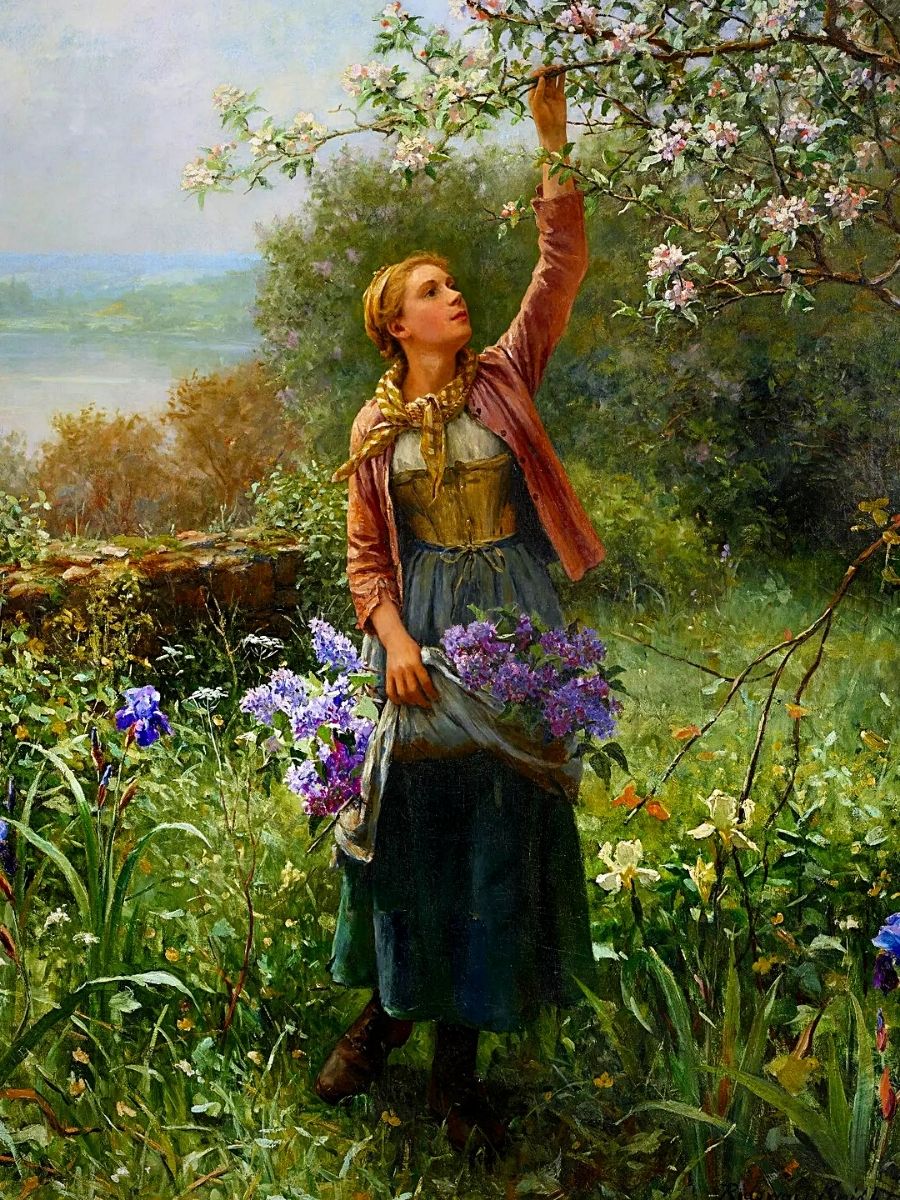
Photo by @daily.art.daily.picture on Instagram
Flowers have long provided artists with a rich and versatile visual vocabulary that allows them to communicate their thoughts and resonate with audiences across time and space.
It could be through symbols of love, carriers of meaning, or simply the seeds that sprout beauty, but flowers have, and continue to edify the world of art and in particular paintings.
This intertwining relationship is rooted in several key aspects that include:
Symbolism and Meaning
Flowers have held symbolic meanings in different cultures throughout history. Artists often use flowers as visual metaphors to convey emotions, ideas, or concepts.
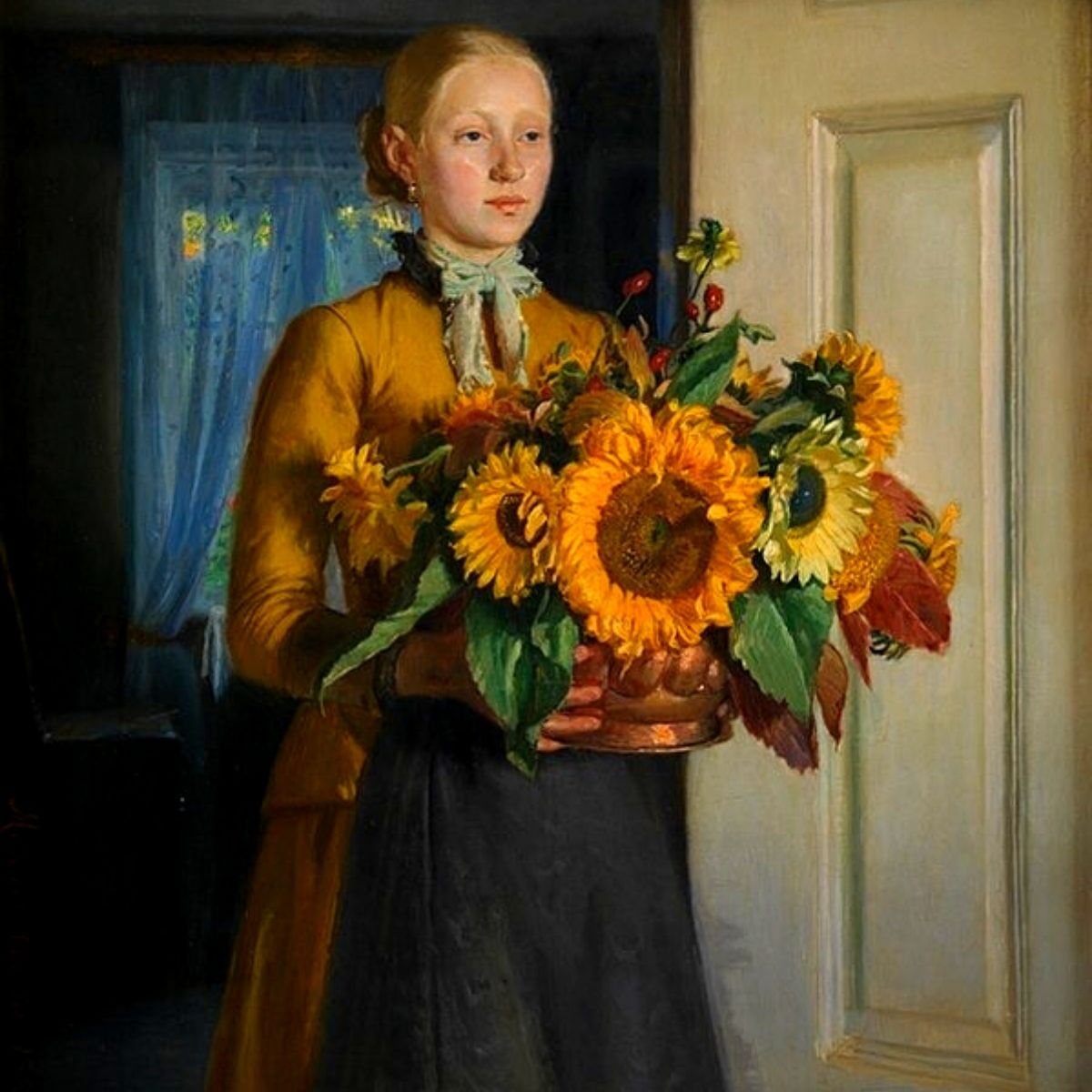
Photo by @impressionism_artists on Instagram
In art, flowers can symbolize love, beauty, purity, mortality, rebirth, and more. The choice of flowers in a painting can, therefore, add layers of meaning, significance, and depth to the artwork. This allows the audiences to engage on both an aesthetic and intellectual level.
Aesthetic Appeal
Without a doubt, flowers are intrinsically beautiful and visually captivating. Their intricate shapes, vibrant colors, and delicate qualities make them ideal subjects for artists seeking to easily capture the viewer's attention.
The assimilation of flowers in paintings can, therefore, enhance the overall visual appeal of the artwork and create a symphonic balance between nature and human creativity.
Cultural and Historical Contexts
The depiction of flowers in art often reflects the cultural and historical context of the time. Different flowers hold specific cultural significance and associations, which can be communicated through their portrayal in paintings.
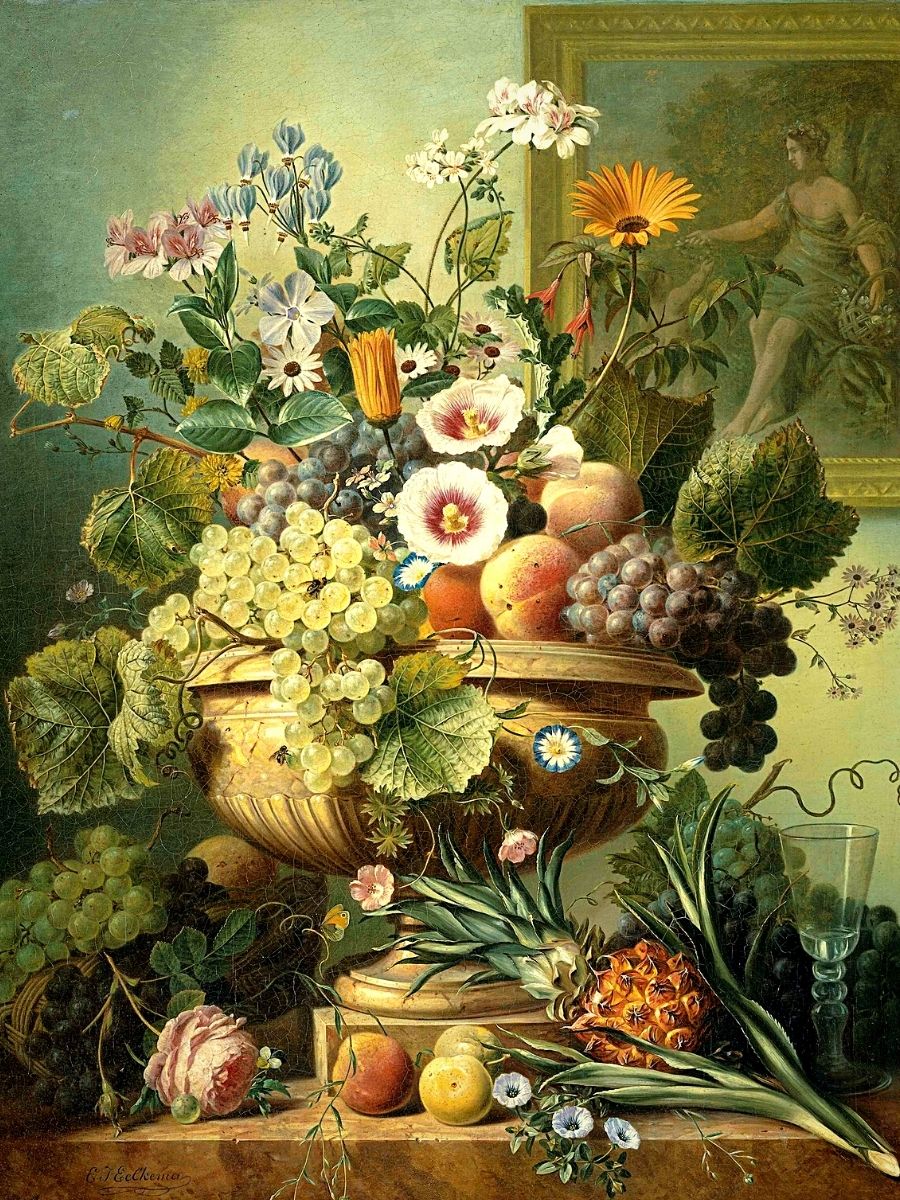
Photo by Europeana on Unsplash
For example, lotus flowers are revered in many Asian cultures as symbols of purity and enlightenment, while roses have been associated with love and passion in Western art, and elsewhere across the world.
Narratives and Storytelling
Flowers can serve as narrative devices within a painting. They help tell a story or communicate a specific theme.
In still-life paintings, for instance, the arrangement of flowers alongside other objects can provide insights into the daily life, values, and interests of the period.
Flowers can also be the focal points or motifs that guide the viewer's contemplation and provide visual cues to the painting's intended message.
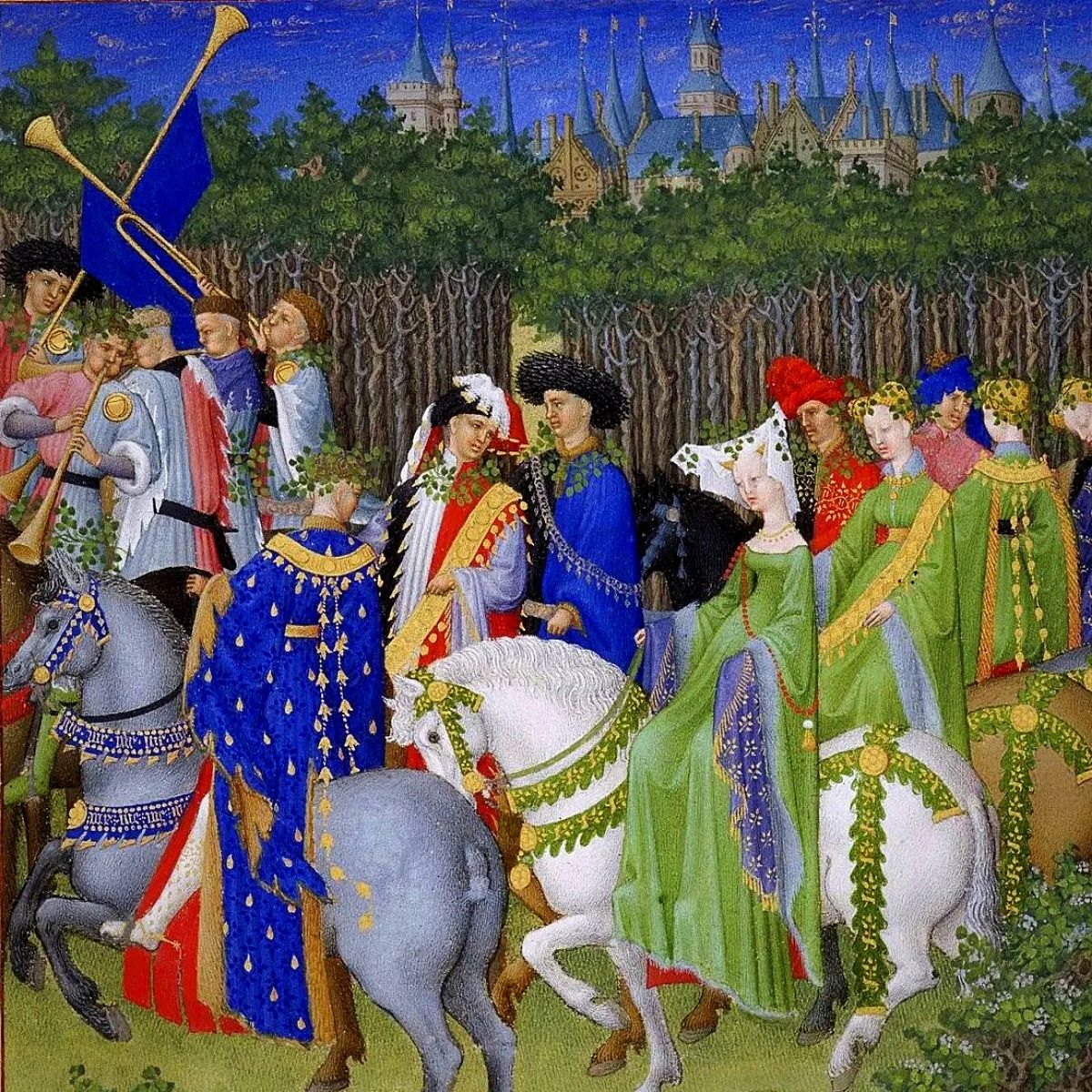
Photo by @morgan_the_art_historian on Instagram
Emotional Impact
It is a well-known fact that flowers have the unique ability to arouse emotional responses from viewers. Flowers in art can conjure a range of feelings such as joy, nostalgia, tranquility, or even melancholy, depending on the context and the artist's intent.
The colors and forms of these flowers can be harnessed to create and convey specific moods and atmospheres within the painting.
Innovation and Exploration
Throughout art history, artists have continuously experimented with techniques, styles, and materials to capture the essence of flowers in novel ways.
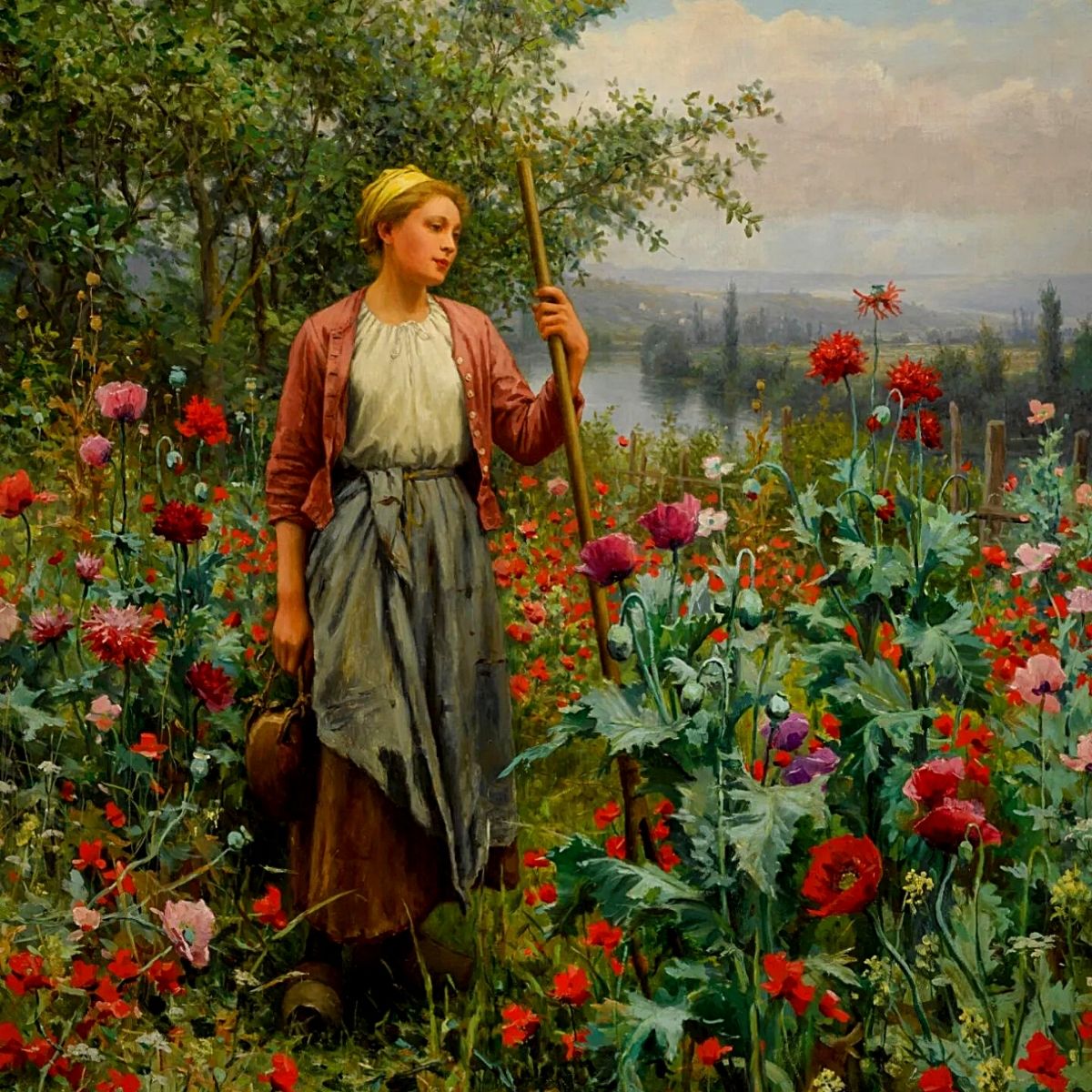
Photo by @daily.art.daily.picture on Instagram
From the intricate botanical illustrations of the Renaissance period to the abstract interpretations of modern art, the portrayal of flowers has led to artistic innovativeness and pushed the limits of creative expression by artists.
Cultural Exchange and Trade
The depiction of flowers in art has often been influenced by the global exchange of botanical knowledge and the give-and-take of exotic plants.
As different regions came into contact with new plant species, artists were inspired to incorporate these new varieties into their works. This showcased the interplay between nature, exploration, and art.
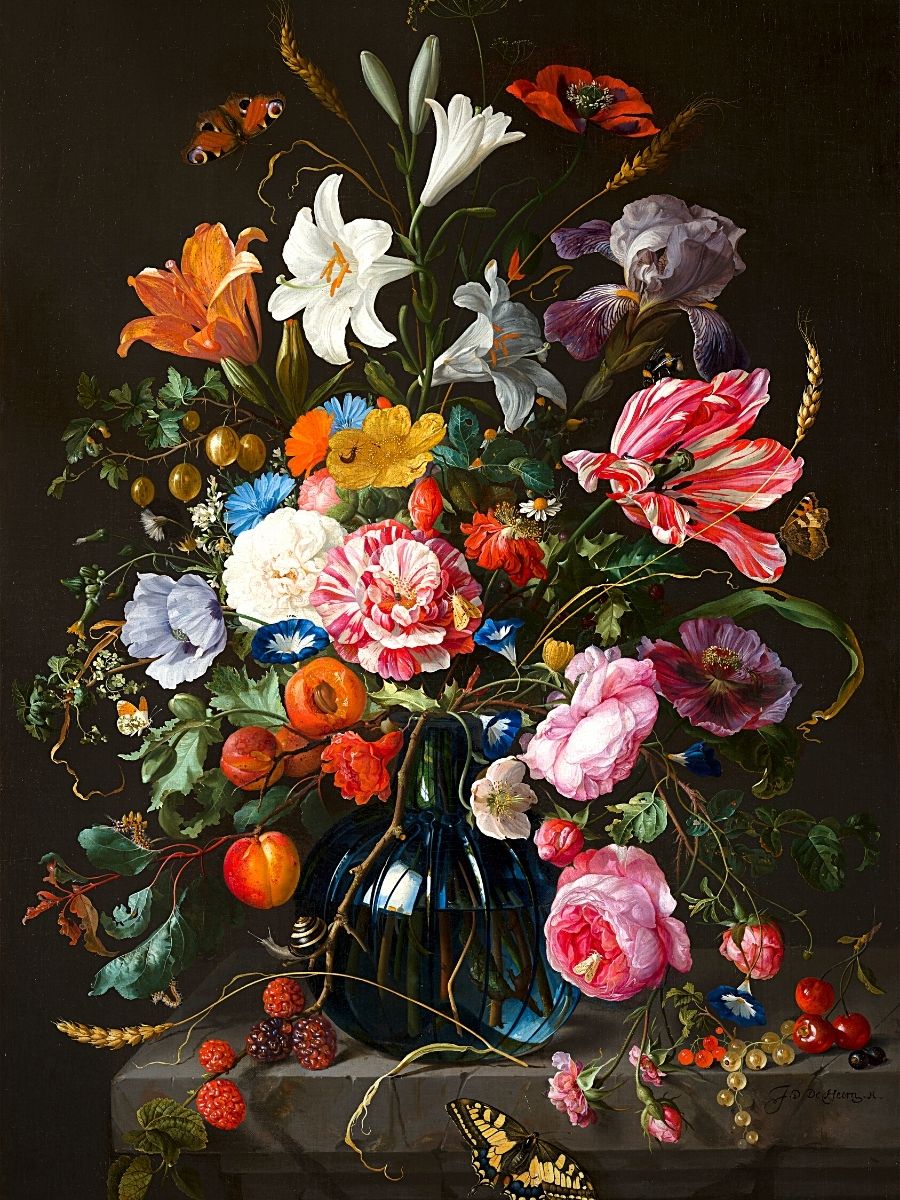
Photo by Europeana on Unsplash
The Presence of Flowers in Paintings From Different Historical Periods
From their earliest depictions in medieval manuscripts to the elaborate masterpieces of the Renaissance period and beyond, flowers in paintings have evolved as codes of communicating emotions, feelings, ideas, beauty, and even cultural significance.
Key historical periods in which flowers have been depicted in paintings include:
Flowers in Medieval Paintings
The origins of flowers in art can, to a significant extent, be traced back to the Medieval period, when they often adorned illuminated manuscripts and arrases.
During this era, flowers were not only items of visual aesthetics but also held symbolic importance, representing virtues and theological concepts.
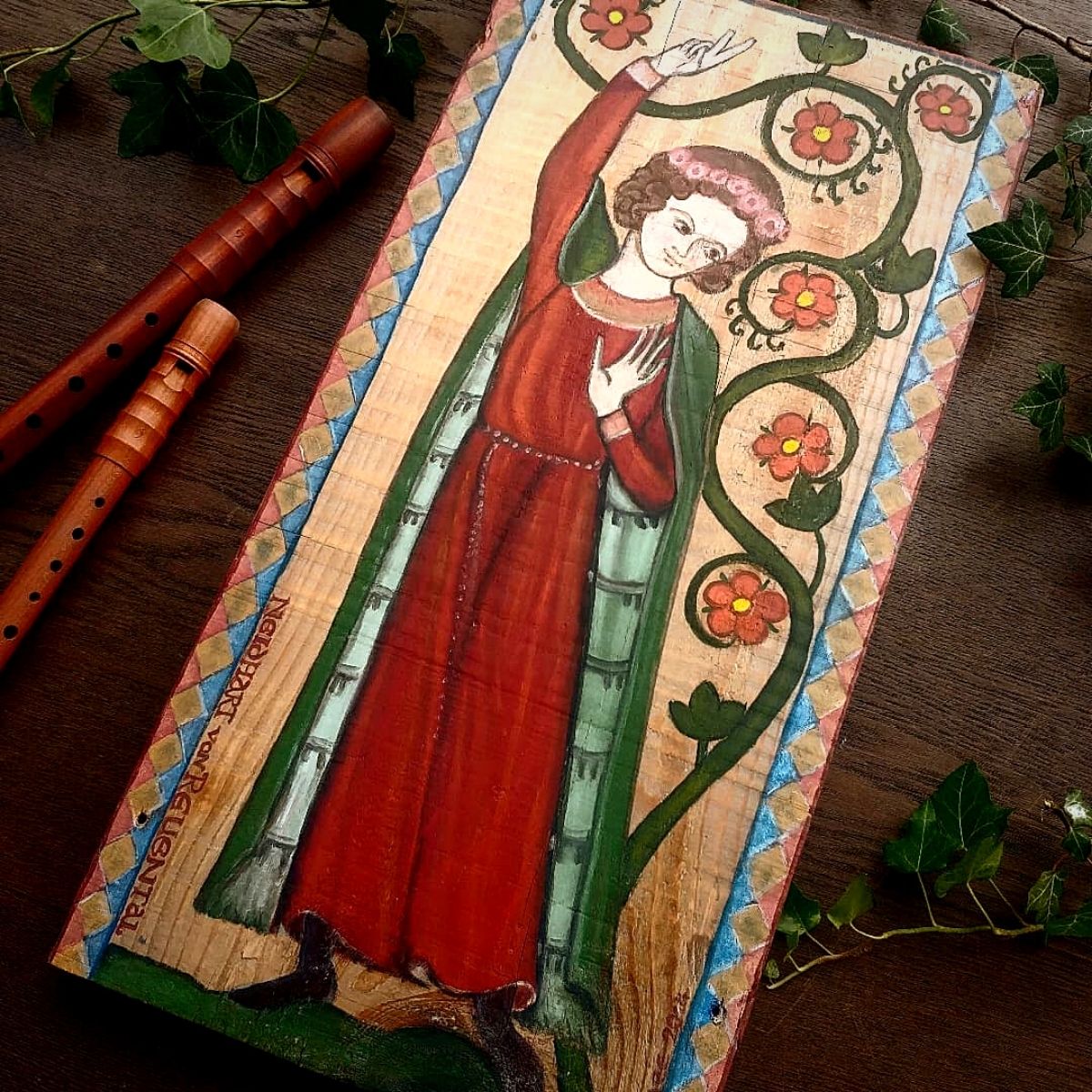
Photo by @medievalpaintings on Instagram
For instance, the intricate ‘Très Riches Heures du Duc de Berry,’ a 15th-century manuscript illuminated by the Limbourg brothers, showcases delicate flowers intertwined with scenes of daily life, creating an easy blend of natural and human elements.
Blooms of Beauty and Symbolism in the Renaissance Period
The Renaissance period marked a transformative era for art, with flowers playing an increasingly significant role. Artists of this era adopted botany and nature, incorporating meticulously detailed floral elements into their works.
One iconic example is Sandro Botticelli's ‘Primavera,’ a masterwork that illustrates mythological characters in a garden adorned with lush blooms. Another of his art pieces named 'The Birth of Venus' (Nascita di Venere) also has depictions of flowers floating around the subjects of the painting.
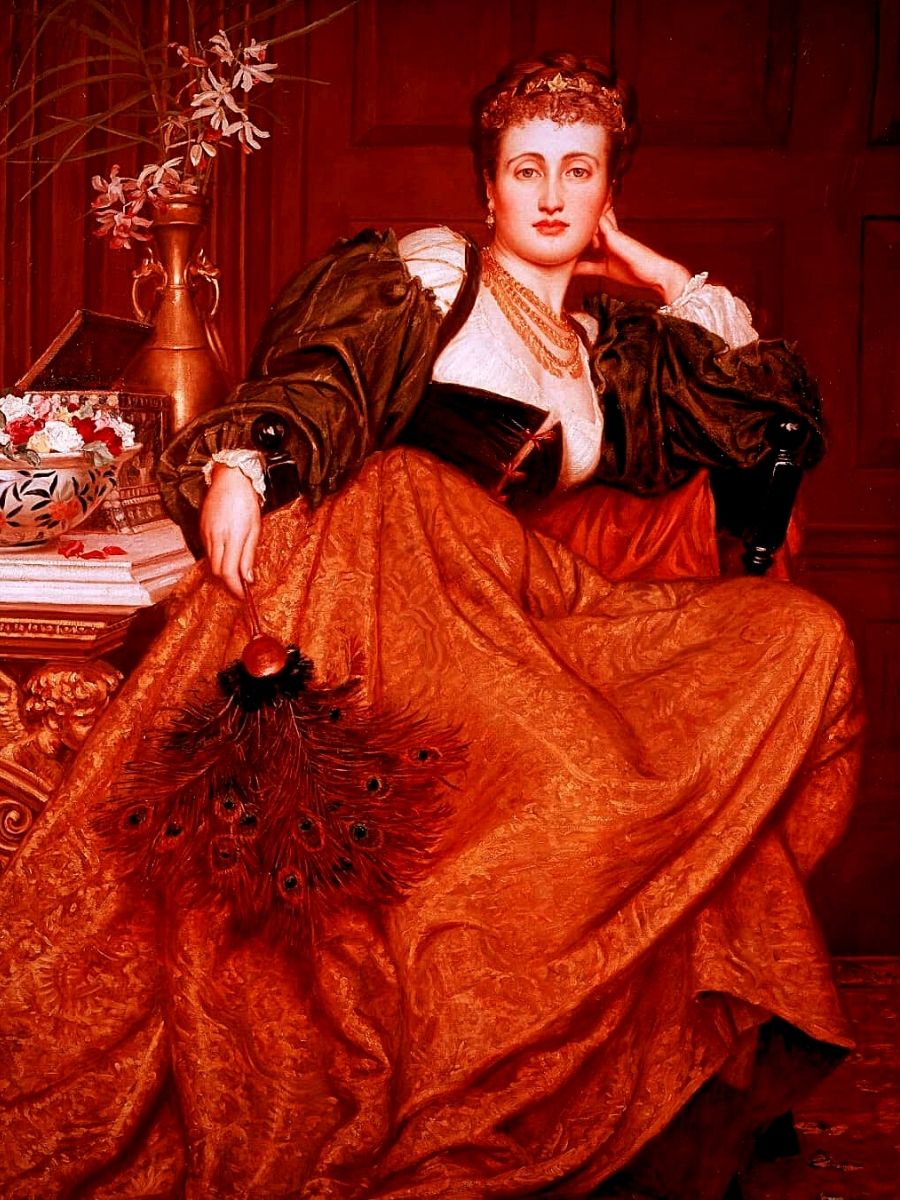
Photo by @history.of.art__ on Instagram
The elaborate symbolism of the flowers in this painting is an allegory of spring, fertility, and renewal, reflecting the Renaissance period’s fascination with the revival of ancient aesthetics.
Flowers as an Apologue in Baroque Paintings and Beyond
As artistic styles evolved, the Baroque era introduced a new dimension to the portrayal of flowers.
Italian painter Michelangelo Merisi da Caravaggio's fascinating chiaroscuro technique of painting drew attention to the intense interplay of light and shadow by infusing his paintings with a strong expressive depth.
For instance, in his work ‘Basket of Fruit,’ Caravaggio masterfully renders fruits and flowers in a way that defeats mere still-life paintings. The painting features a wicker basket with various fruits. The fruits are in different stages of ripeness and decay, which may symbolize the fading beauty and natural decaying of all things.
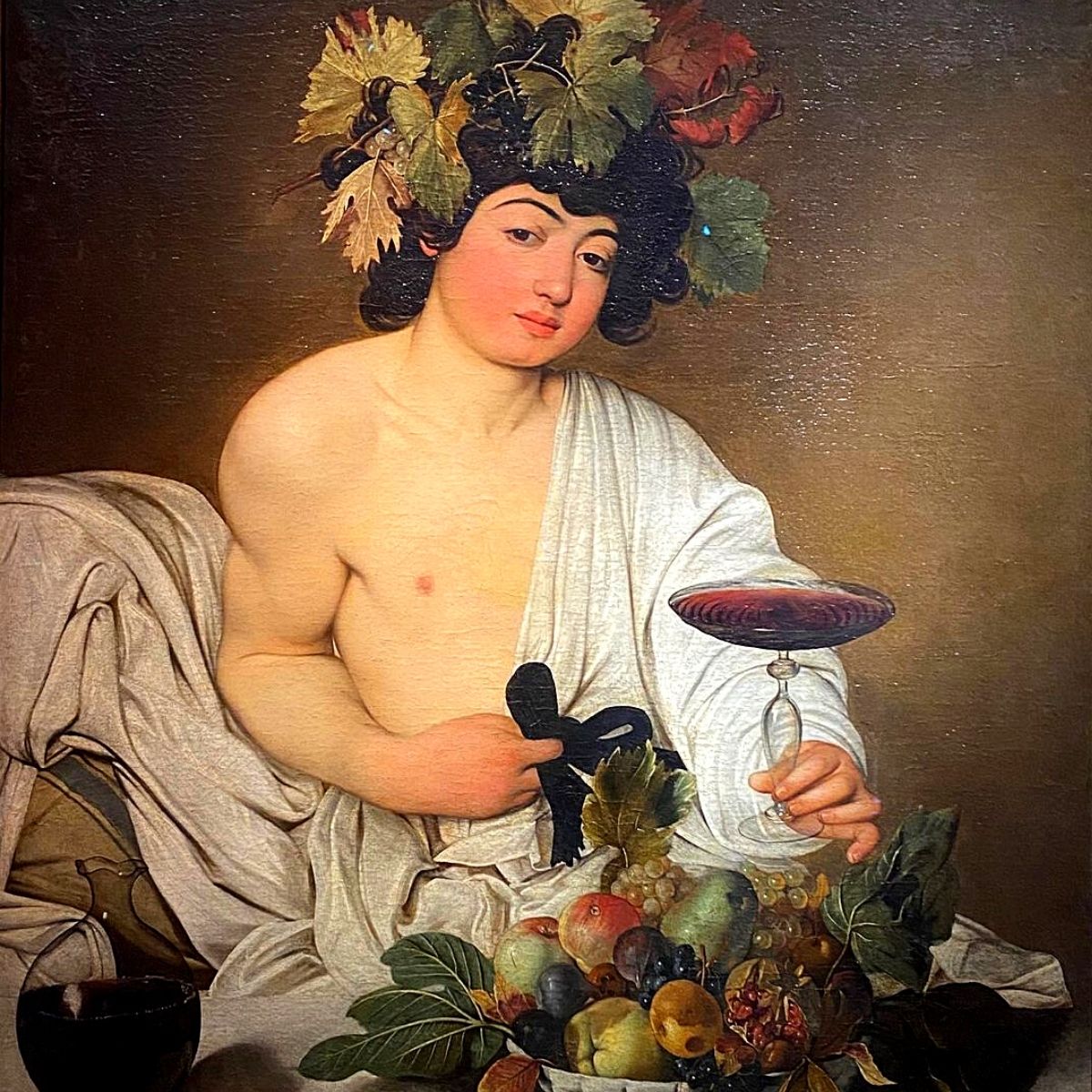
Photo by @fran_in_italy on Instagram
In artistic and metaphorical ways, the skill used in the painting nudges the audience to ponder the transient nature of existence.
The Dutch Golden Age witnessed a remarkable expansion of floral still-life paintings, showcasing the artistry of painters like Jan Brueghel the Elder and Rachel Ruysch.
Their elaborate compositions acknowledged the beauty of nature while offering peeks of wealth and prosperity through exotic blooms that reflected the expanding global trade of the time.
This article: In Full Bloom: A Unique Floral Exposition of Dutch Masters From the 17th Century tells more about these exquisite artists.
Floral Fantasies in Impressionism and Beyond
The advent of Impressionism shattered traditional artistic conventions, and flowers emerged as a means to capture fleeting moments of color and light.
Claude Monet's iconic water lily series is evidence of this revolution. The series of water lily artworks are made up of approximately 250 oil paintings and have become Monet’s most recognizable works.
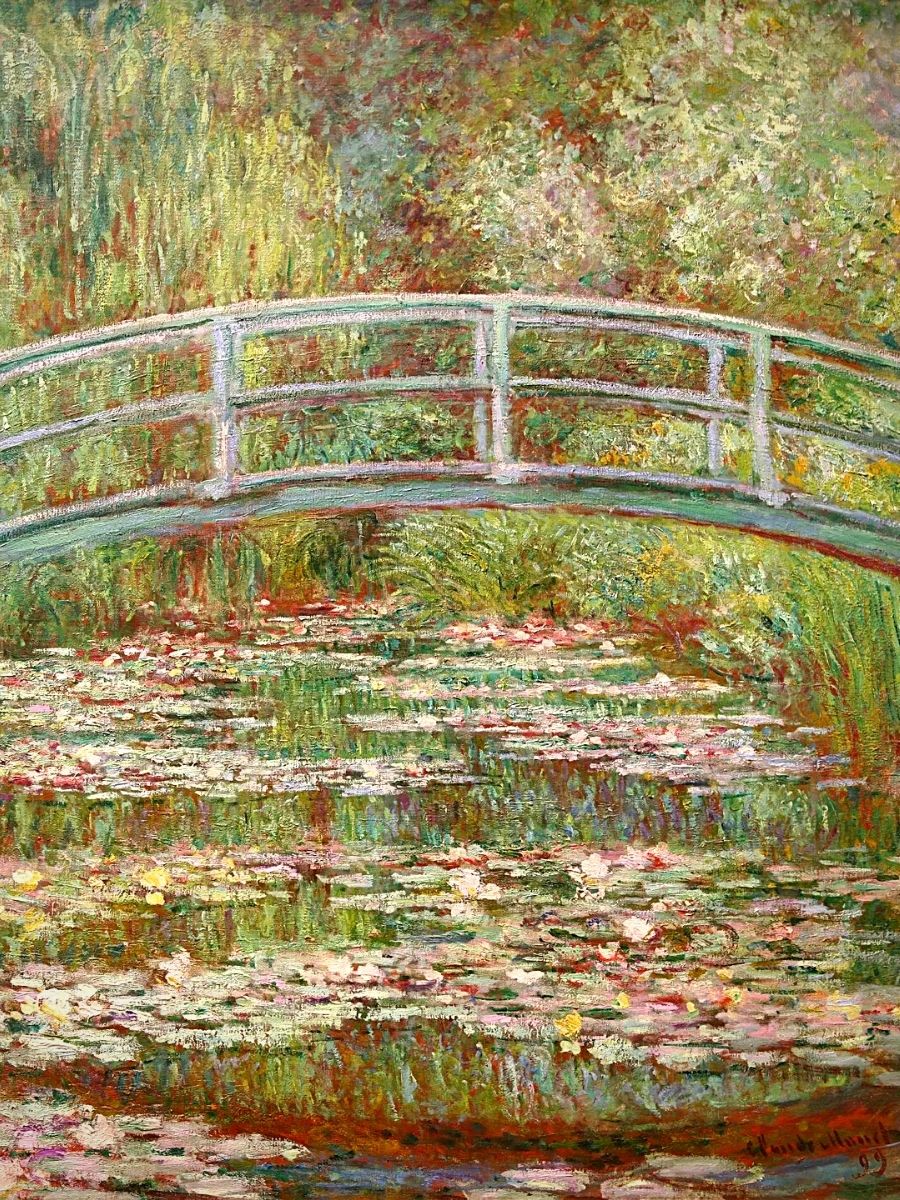
Photo by @daily.art.daily.picture on Instagram
They depict his flower garden at his home in Giverny. Many of these artworks were painted while the artist suffered from cataracts and became his primary focus during the last 30 years of his life.
Through his innovative use of color and brushwork, Monet's paintings overreach the material world and lead the viewers into a universe of sensory experience and emotion.
Vincent van Gogh, another pioneer in this field, channeled his inner turmoil and passion into vibrant depictions of flowers. His ‘Sunflowers’ series speaks with intensity, reflecting his inner struggles amid fervent creativity.
Van Gogh made two series of his now-iconic Sunflowers. The first series, done in Paris in 1888, depicts flowers lying on the ground while the second, more famous set was done a year later in Arles, and shows a bouquet of three sunflowers in a vase.
Flowers, essentially, became the vessels for expressing the artist's psyche, that went past the confines of visual representation.
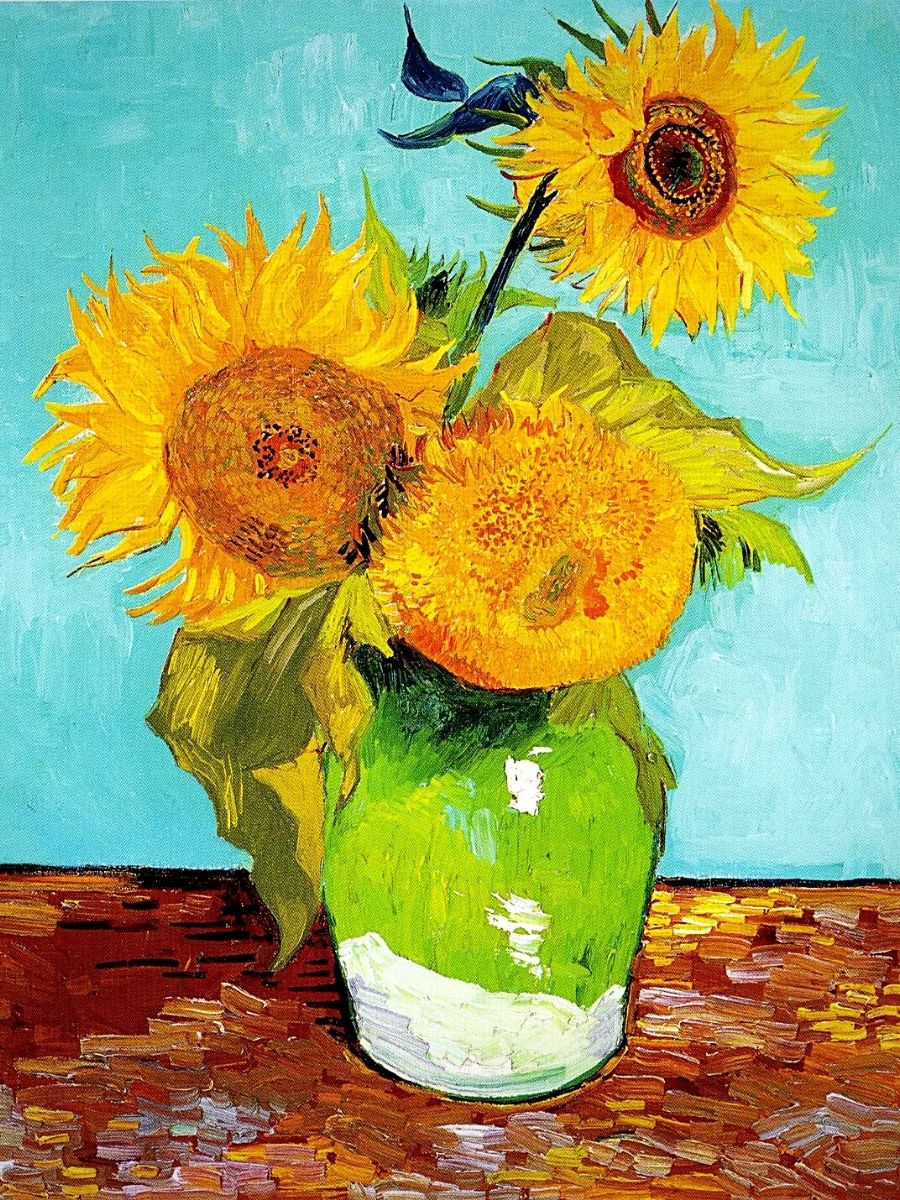
Photo by @daily.art.daily.picture on Instagram
New Age, New Flower Meanings in Contemporary Paintings
In the contemporary art landscape, flowers continue to rouse and enflame artistic expressions. Artists explore the multidimensional nature of flowers, pushing traditional boundaries and questioning established norms.
In her paintings, Georgia O'Keeffe's magnified floral compositions challenge traditional perceptions and prod viewers to appreciate the complex details often overlooked. Her flower paintings educe sensuality and individuality. They aptly redefine the role of flowers in art.
The digital age has also ushered in new ways of integrating flowers into artistic expression. Digital artists and graphic designers now seamlessly blend traditional vegetal elements with modern techniques such as artificial intelligence (AI) portrayals that result in fascinating digital flower art that often departs away from physical constraints.
Boston-based floral artist Ethan Murrow falls in this category and you can learn more about his artistic creations in the article: Ethan Murrow’s Amazing Paintings and Graphite Drawings of Floral Arrangements. Numerous other artists have successfully incorporated blooms in their works creating fascinating flower paintings.
Modern-day florists and floral designers are also doing this.
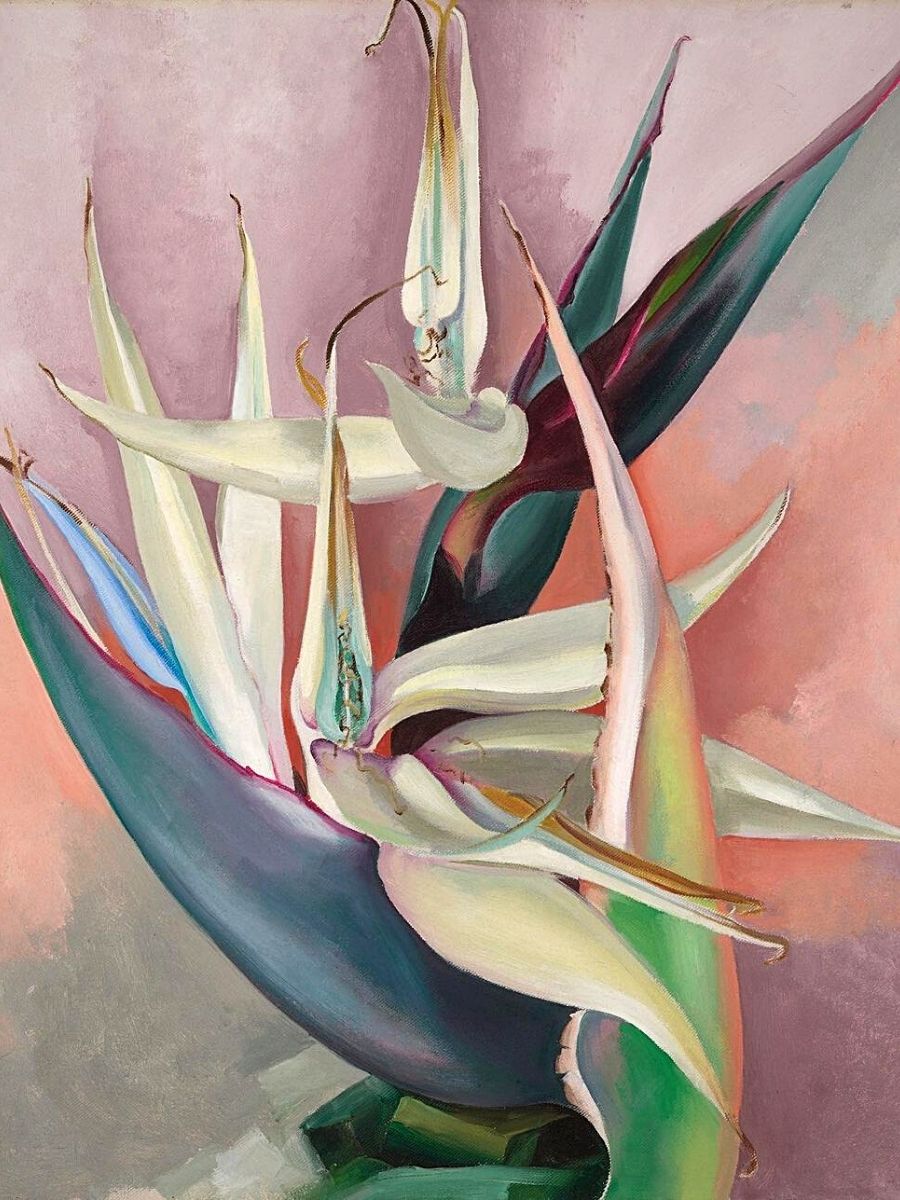
Photo by @okeeffemuseum on Instagram
Flowers Are Indeed a Source of Inspiration in Art
As artists continue to reinterpret and celebrate the intricacies that define floral art, the ever-perpetual journey of flowers in art continues as a demonstration that they, indeed, are a source of motivation.
These colorful elements that contribute to nature's beauty, also remain a source of inspiration for creativity in human expression. They have been so since time immemorial, just like the famous French visual artist Henri Matisse once metaphorically said:
“There is nothing more difficult for a truly creative painter than to paint a rose because before he can do so he has first to forget all the roses that were ever painted.”
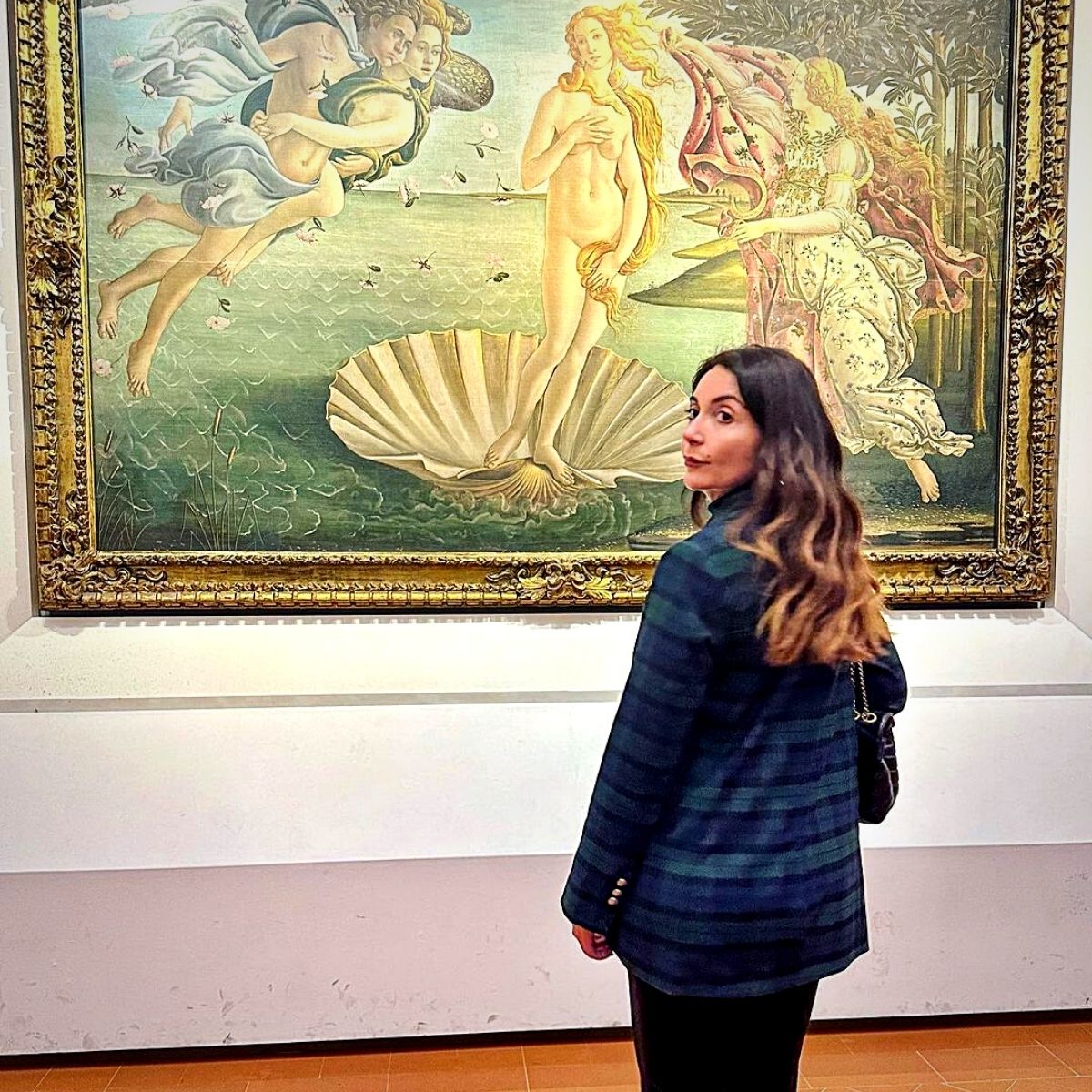
Instagram photo by @ari.dambrosio
And thus, with the degree of inspiration that flowers hold, and the symbolism that they carry, certainly, the depiction of blooms in art and paintings will endure for ages to come, and inspire many more artists.
Feature image by @ari.dambrosio header image by @discover_art_in_milan on Instagram

